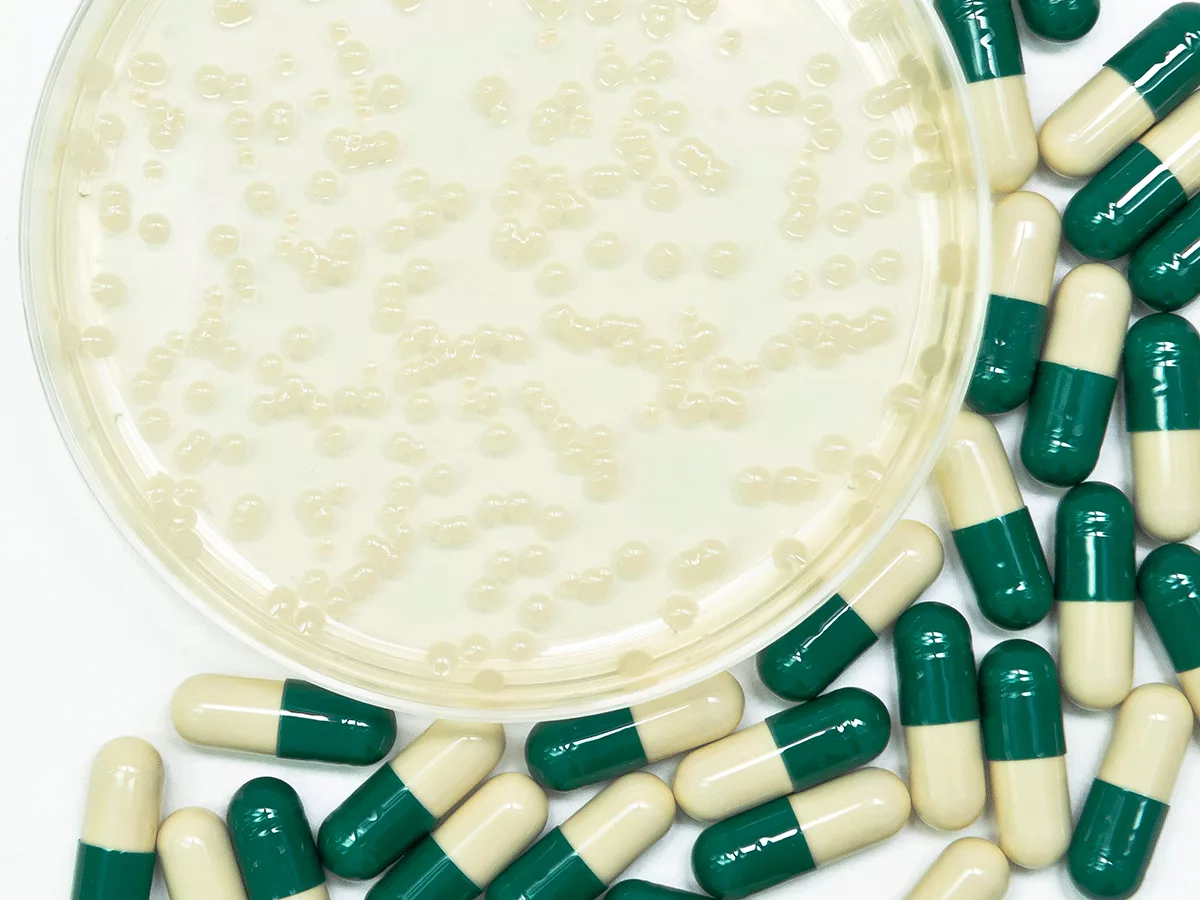Attaching a modified bacterial-derived formyl peptide chemoattractant to an antibiotic enhanced recruitment of neutrophils and improved their bactericidal ability in mouse models, according to a study led by European Molecular Biology Laboratory (EMBL) Australia researchers at Monash University in Melbourne.
Developed in collaboration with U.S. scientists at Harvard University, the novel microfluidics-based immunotherapy technique was shown to boost antibiotic efficacy, without having to resort to higher doses or relying on the discovery of new antibiotics to overcome antimicrobial resistance.
Antimicrobial resistance has evolved over recent decades and has now become one of the 10 leading global threats to human health, according to the WHO.
"Bacterial resistance mechanisms spread via genetic transfer have become a major problem, not only with species developing resistance, but also passing this resistance to other strains," said study first author Jennifer Payne, the lead researcher from EMBL Australia and a research associate in the Monash Biomedicine Discovery Institute.
"Inappropriate usage and administration of antibiotics is a real problem, especially the [agricultural] use of antibiotics in animals to boost growth," said Payne.
"Hospitals have also become widely colonized by multidrug antibiotic resistant [MDR] bacteria, presenting a major threat to patients, particularly those in intensive care or the immune compromised.
"Increasing the antibiotic dose can be effective against MDR strains, but increasing bacterial minimal inhibitory concentrations (MIC) means that each antibiotic will reach a clinical break point, when toxicity issues limit treatment.
"Hence, new compound classes and treatment approaches are very important, in order to overcome such resistant strains," Payne told BioWorld Science.
In this regard, "we have been working on the use of dual-function antibiotic-chemoattractant hybrids, which improve the recruitment of neutrophils and increase the [phagocytosis and] killing of bacteria," she said.
"Although chemoattractants have been attached to targeting elements in other studies, ours is the first to explore the effects of altering the structure of the formyl peptide chemoattractant per se."
Formyl peptides are produced naturally by bacteria and recognized as danger signals to provoke a response by the human immune system. "We are harnessing this to our advantage in this immunotherapy," Payne said.
In their new study, the Monash researchers linked a modified formyl peptide to the antibiotic vancomycin, then assessed the effect in mice infected with methicillin-resistant Staphylococcus aureus (MRSA), they reported in the October 25, 2021, edition of Nature Communications.
"We treated mice infected with MRSA pneumonia with our immunotherapeutic and after 12 hours examined the bacterial load in the lungs and took lung tissue biopsies to examine the effects of infection and treatment on lung tissue using histologic imaging," explained Payne.
"By stimulating [the human] immune system with the immunotherapeutic antibiotic, we have shown in mouse models that the treatment is 2-fold more effective than just using the antibiotic alone at a one-fifth lower dose," said study leader Max Cryle, EMBL Australia group leader and associate professor at the Monash Biomedicine Discovery Institute. "This very promising new avenue of research brings many potential benefits to the ever-increasing threat of drug-resistant superbugs."
Development of the new hybrid technique was based on microfluidic research and infection-on-a-chip technology, which was originally developed at Harvard University.
"Microfluidics was critical for this research, as it allowed us to generate an infection-on-a-chip to monitor the recruitment of human immune cells, and to observe in real time how our immunotherapy enhances their ability to kill MRSA, [exactly as] would happen in our body," said Payne.
"The results seen in mice were more impressive than we had hoped for, given that the formyl peptides in our compounds were optimized using our lab-on-chip assays for human receptors, suggesting that the therapy might potentially work even better in humans."
However, the primary objective in the mouse model was "to examine the effect of these compounds, not only on the amount of bacteria in the lungs, but also on the lung tissue," she said.
"The observed difference in pathology after treatment was remarkable, with the structure of alveoli being maintained, further showing that these compounds are highly promising."
Partners are now being sought to progress this promising research into clinical trials to investigate the potential of developing a preventative antibiotic strategy in the intensive care environment to protect the most vulnerable patients.
In the meantime, "we are working to generate modified variants of these compounds for use as prophylaxis in intensive care environments, which would be a major advantage over current treatments," said Payne.
"We are also exploring the use of these compounds in alternate models of infections, including those of the skin structure and blood."
